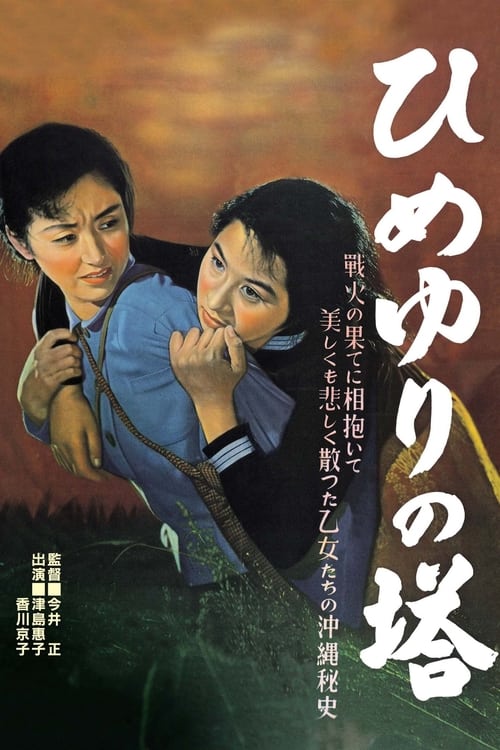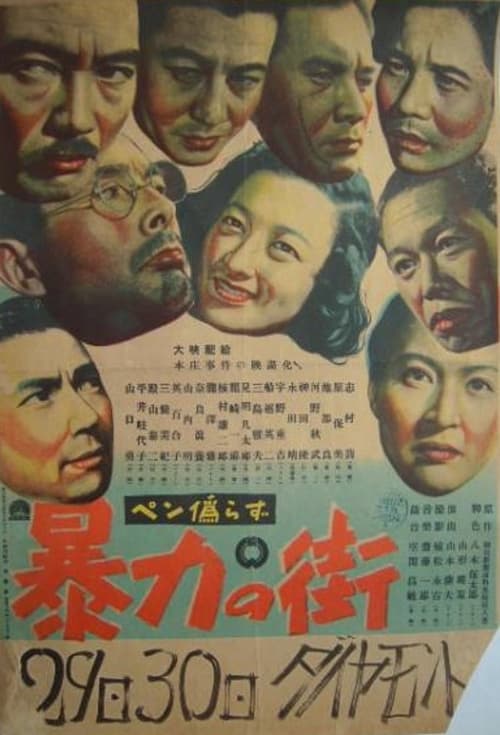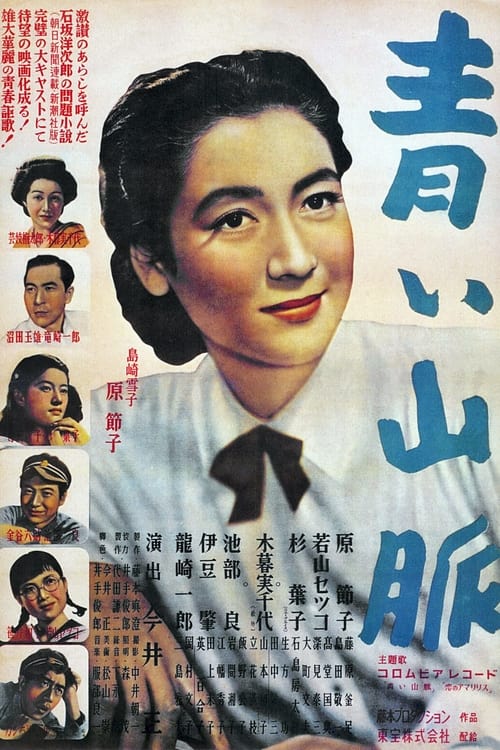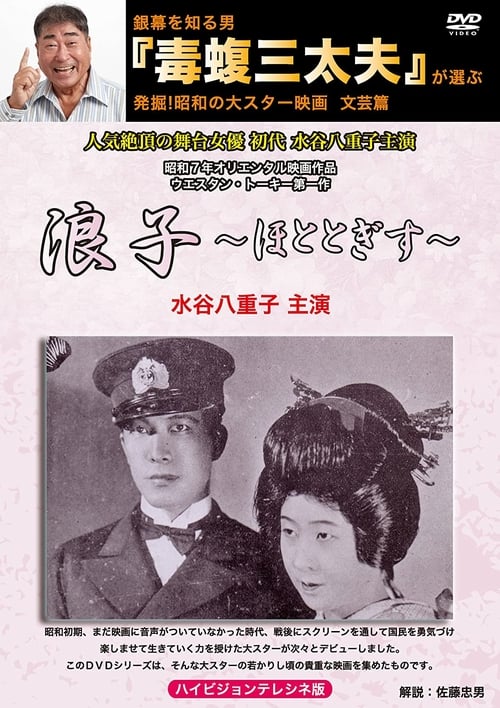
Eizo Tanaka
Tanaka initially trained as a stage actor in the shingeki movement under Kaoru Osanai, but eventually joined the Nikkatsu film studio in 1917. He debuted as a director in 1918 but mostly had to work with shinpa stories, not the shingeki techniques he was used to although two early films, The Living Corpse (Ikeru shikabane) and The Cherry Orchard (Sakura no sono) were based on Tolstoy and Chekhov respectively.[3] Working in parallel with the Pure Film Movement, Tanaka made two films, Kyōya eirimise (1922) and Dokuro no mai (1923), based on his own screenplays, that were highly praised for their cinematic technique.[1] He remained a rather conservative filmmaker and still used oyama (male actors) in female roles, including in his masterpiece Kyōya eirimise, a melodrama about a merchant's destructive love for a geisha. He used actresses for the first time in Dokuro no mai, a story of a monk reminiscing about his youth and early loves.
- Known ForDirecting
- Born3 November 1886 (age 139)
- Place of BirthChūō, Tokyo, Japan
Eizo Tanaka

- Known ForDirecting
- Born3 November 1886 (age 139)
- Place of BirthChūō, Tokyo, Japan

The Wild Geese
1953

Tower of Lilies
1953

Street of Violence
1950

Till We Meet Again
1950

Stray Dog
1949

The Blue Mountains: Part I
1949

A Woman's Life
1949

Namiko
1932

Skull Dance
1923

The Lapel Shop
1922

Woman in the Stream
1921

Before the Morning Sun Shines
1921

Scent of the White Lily
1921

The Living Corpse
1918






